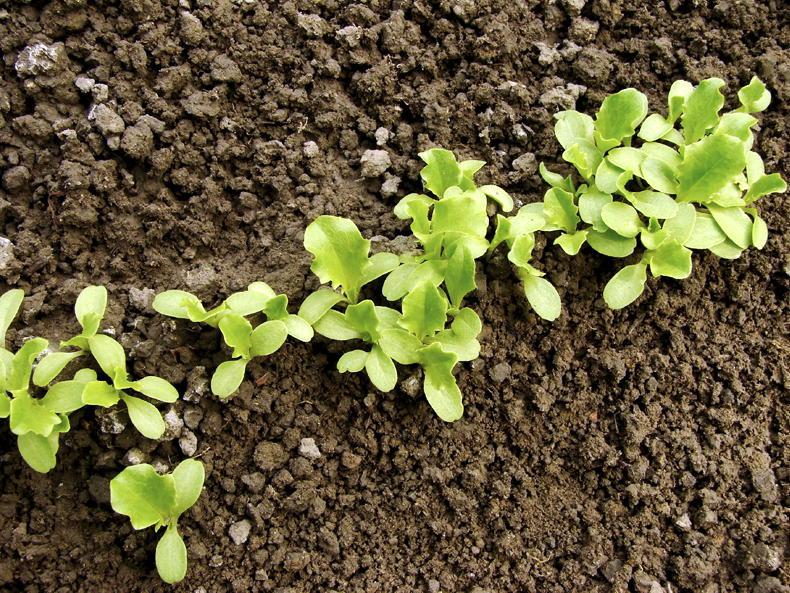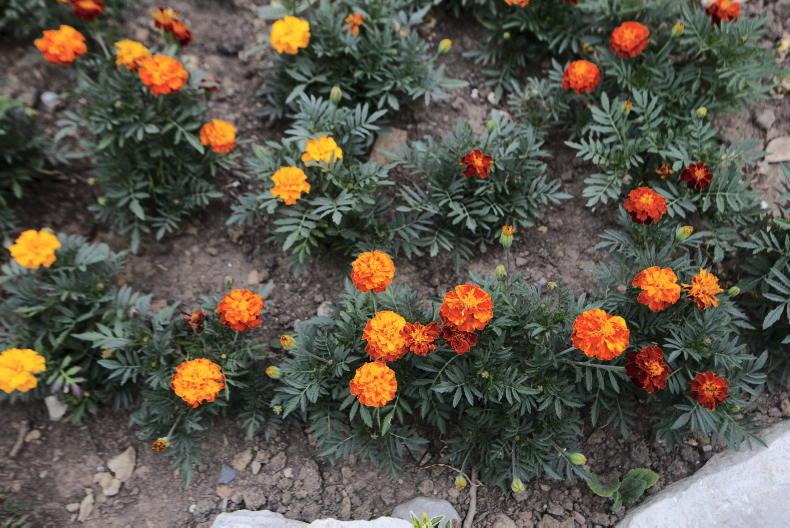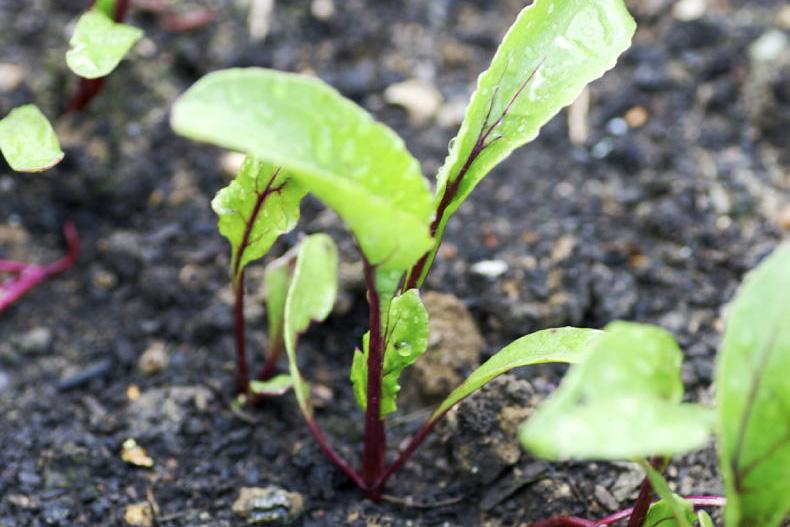Growing food is a difficult task. After all it is the most important job in the world. We all need food to survive and we need healthy food.
A lot of food is now very cheap in supermarkets. Often fruit and vegetables are used as something called a 'loss leader'. This means they charge a low price in order to entice customers to their shops.
Unfortunately, the farmer often gets stung with a lower price for their produce in the process. Retailers and supermarkets while trying to make a margin can sometimes make the farmer’s margin very small.
Costs for vegetable farmers have gone up dramatically in recent years. Electricity, fertiliser and things like packaging costs have all increased. In 1998, there were about 400 field vegetable producers in Ireland. There are now only about 60.
To help understand how difficult it is to produce crops and for farmers to make money, maybe you could grow your own to learn what is involved.
Lettuce and scallions are easy vegetables to start to grow. You can pack them in your lunch box or during the summer, use them in a salad or on your burger.
However, when you start to grow them, you may realise it’s not as easy as you thought.
Slugs and birds will try and eat them before you do and the weather might not be suitable. Hopefully, ideal conditions will occur for your crop though.
If you live on a farm you could ask permission to grow some plants on a small patch of ground, but you can also grow them in the garden or in some compost.
Get a plant pot or even get help from an adult to punch some holes in a plastic box to allow the water to get out and fill it with compost.
Lettuce

Thinning out lettuce seedlings.
Lettuce needs to be spaced about 20-30cm apart to grow. However, not all seeds will germinate so you can sow them thinly and then thin again later on. Thinning means pulling plants out of the ground to make sure there is enough space for one plant to grow well.
If you have a tray with loads of small boxes in it, a tray for planting seedlings, then you can put one seed in each box and transplant the lettuce once it gets to the four or five leaf stage and space them 20-30cm apart.
You do not need to cover lettuce seeds with much clay or compost as they like light. They do not like heat over 25°C though. You can plant lettuce from March to August.
Scallions
Scallions do not need as much space to grow. Don’t plant them too thickly. If you want you can thin them as they grow. Try eating some younger plants and allow more to grow bigger.
Scallions should be planted at about 1cm deep. Rows should be 15cm apart. You can plant from March to June.
Looking after your crops
You should make sure your crops have enough water throughout the season. You will also need to weed around your plants as the weeds will take away water and nutrients from the plant. Don’t give them too much water, just make sure the soil is damp.

Marigolds can keep aphids away when planted beside vegetable crops.
Watch out for slugs – they will eat your crops. You might need to control them with traps or some pellets. Birds will also be an issue. You could put out some scarecrows or come up with ideas to keep the crows away.
Enjoy them
Once your crops have grown, make sure to enjoy them and tell everyone you grew them yourself.
And the next time you go to the supermarket, buy Irish vegetables, salads and fruit where possible to keep farmers in business.

Beetroot needs to be thinned.
Some other crops that you might consider growing are beetroot, radish and onions as well as herbs like parsley and chives. The list is endless.
Growing food is a difficult task. After all it is the most important job in the world. We all need food to survive and we need healthy food.
A lot of food is now very cheap in supermarkets. Often fruit and vegetables are used as something called a 'loss leader'. This means they charge a low price in order to entice customers to their shops.
Unfortunately, the farmer often gets stung with a lower price for their produce in the process. Retailers and supermarkets while trying to make a margin can sometimes make the farmer’s margin very small.
Costs for vegetable farmers have gone up dramatically in recent years. Electricity, fertiliser and things like packaging costs have all increased. In 1998, there were about 400 field vegetable producers in Ireland. There are now only about 60.
To help understand how difficult it is to produce crops and for farmers to make money, maybe you could grow your own to learn what is involved.
Lettuce and scallions are easy vegetables to start to grow. You can pack them in your lunch box or during the summer, use them in a salad or on your burger.
However, when you start to grow them, you may realise it’s not as easy as you thought.
Slugs and birds will try and eat them before you do and the weather might not be suitable. Hopefully, ideal conditions will occur for your crop though.
If you live on a farm you could ask permission to grow some plants on a small patch of ground, but you can also grow them in the garden or in some compost.
Get a plant pot or even get help from an adult to punch some holes in a plastic box to allow the water to get out and fill it with compost.
Lettuce

Thinning out lettuce seedlings.
Lettuce needs to be spaced about 20-30cm apart to grow. However, not all seeds will germinate so you can sow them thinly and then thin again later on. Thinning means pulling plants out of the ground to make sure there is enough space for one plant to grow well.
If you have a tray with loads of small boxes in it, a tray for planting seedlings, then you can put one seed in each box and transplant the lettuce once it gets to the four or five leaf stage and space them 20-30cm apart.
You do not need to cover lettuce seeds with much clay or compost as they like light. They do not like heat over 25°C though. You can plant lettuce from March to August.
Scallions
Scallions do not need as much space to grow. Don’t plant them too thickly. If you want you can thin them as they grow. Try eating some younger plants and allow more to grow bigger.
Scallions should be planted at about 1cm deep. Rows should be 15cm apart. You can plant from March to June.
Looking after your crops
You should make sure your crops have enough water throughout the season. You will also need to weed around your plants as the weeds will take away water and nutrients from the plant. Don’t give them too much water, just make sure the soil is damp.

Marigolds can keep aphids away when planted beside vegetable crops.
Watch out for slugs – they will eat your crops. You might need to control them with traps or some pellets. Birds will also be an issue. You could put out some scarecrows or come up with ideas to keep the crows away.
Enjoy them
Once your crops have grown, make sure to enjoy them and tell everyone you grew them yourself.
And the next time you go to the supermarket, buy Irish vegetables, salads and fruit where possible to keep farmers in business.

Beetroot needs to be thinned.
Some other crops that you might consider growing are beetroot, radish and onions as well as herbs like parsley and chives. The list is endless.









 This is a subscriber-only article
This is a subscriber-only article











SHARING OPTIONS: